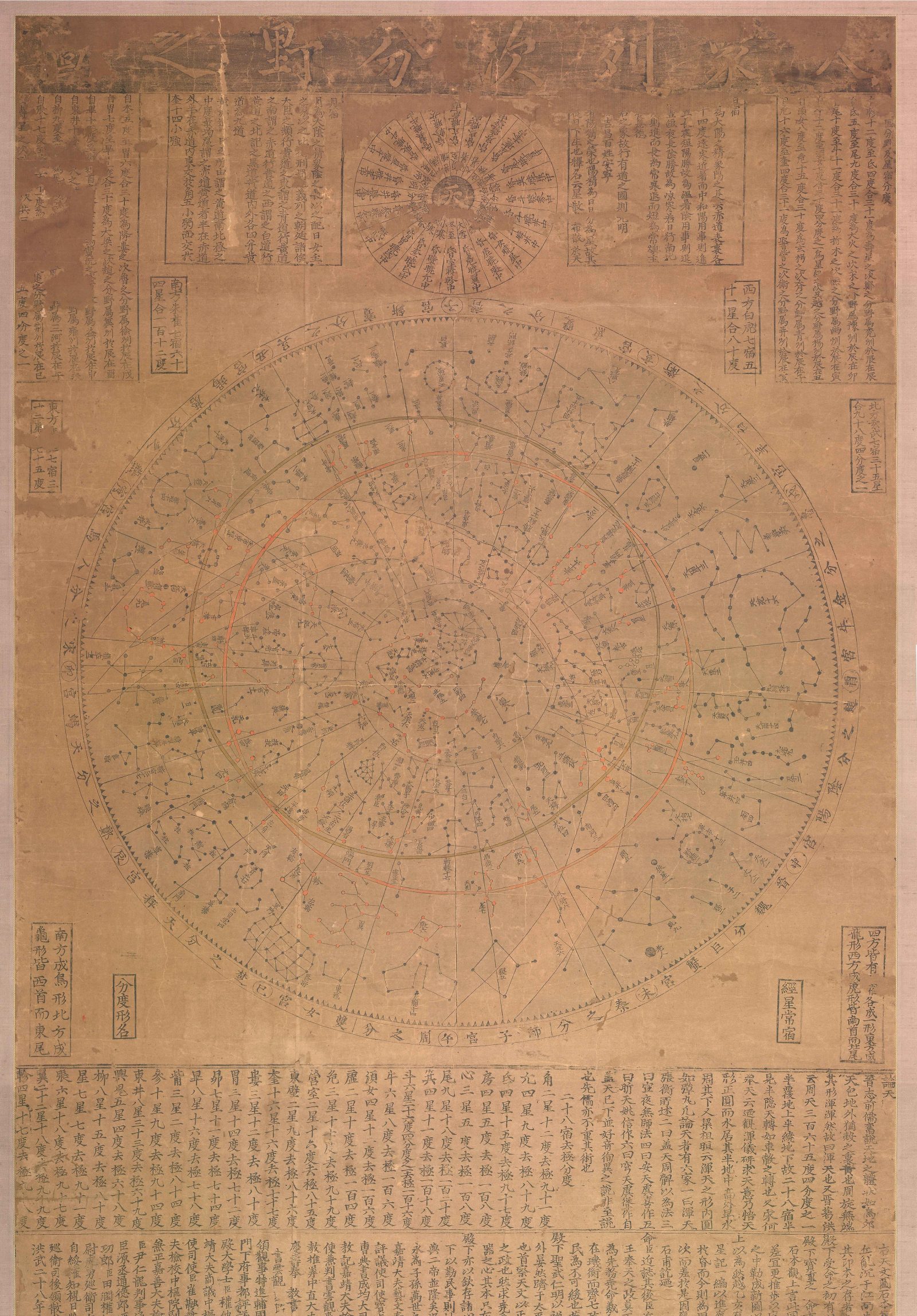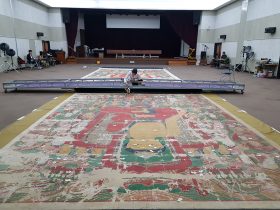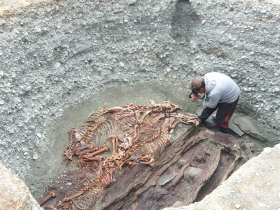Research Division of Artistic Heritage
PARK Jiyoung
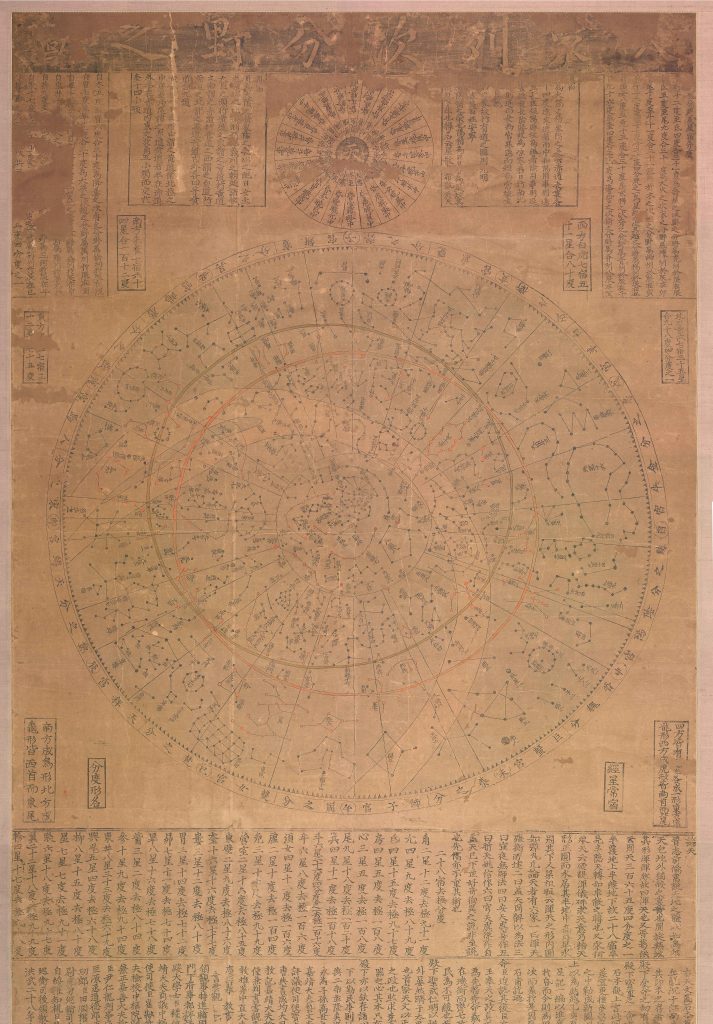

Ever changing sky was an object of awe and study for humans. Humans have observed movements of the sky to predict climate change and natural phenomenon, advancing civilizations. In the traditional societies of premodern East Asia, reading phenomena in the sky and informing the people of the reading was considered as the king’s ability and duty. Information on weather and celestial body was directly related to the development of agriculture, the main industry at the time, so astronomical science was an important means of strengthening the power of the king. Nowadays, atmosphere and universe are separately studied in meteorology and astronomy, but in the past, both of them were worshipped and observed as “Heaven.”
In 1392, Yi Seong gye, or King Taejo, founded the Joseon Dynasty (1392 1910), overthrowing the Koryeo Dynasty (918 1391). The change from Koryeo to Joseon was a dynastic revolution, in which only the political power changed with the same territory and people, so it was important for the new ruling power to justify the legitimacy of the dynasty and the revolution. Yi and the meritorious subjects who contributed to the founding of the dynasty chose Confucianism as their political ideology and claimed that they founded the new dynasty based on the “Mandate of Heaven,” which means that heaven embodying all the natural order and will of the universe bestows the mandate to the ruler. In Confucianism, the ruler’s basic virtues are respecting heaven and taking care of the people. So the new rulers put much effort in developing astronomy and some unprecedented astronomical instruments were invented during the Joseon Dynasty.
About 20 currently existing astronomical instruments have been designated as National Treasures and Treasures by the Korean government. It includes, those used for observation of the celestial bodies, such as celestial charts and armillary sphere; time measurements such as sundial and clep sydra; and meteorological measurements such as rain gauge and wind streamer pedestal. These cultural heritages are managed and preserved by government authorities, showcasing the high level of astronomical technology during the Joseon Dynasty.
Celestial Chart Stone (National Treasure) (Figure 1, 2) was made in 1395 by some ten astronomers on the order of King Taejo, as a symbol of the establishment of the new dynasty by the Mandate of Heaven. The celestial charts were carved on the front and the back of a two meter high black marble. These charts are the second oldest among the surviving examples in the world, following Suzhou Star Chart, produced in China in 1241. Each celestial chart contains 1,467 stars marked with dots and includes a variety of astronomical information such as the name and location of constellations. A notable characteristic is that the dots are of different sizes depending on the brightness of a star. This is Korea’s traditional and unique style, also found in ancient tomb murals of the Koguryeo Kingdom (37 BCE 668 CE).
Under the reign of King Sejong, Joseon’s fourth king, in the 15th century, Joseon’s astronomical technology reached a world class level. King Sejong made an armillary sphere for celestial observation, a simplified armillary sphere, and a small simplified armillary sphere, which is easy to carry around (Figure 3). King Sejong also adjusted the Chinese simplified armillary sphere to represent the latitude of Hanyang, capital of Joseon, founded the royal astronomical observatory, and ordered astronomers to watch the movements of heavenly bodies on the observatory every night. Such efforts paid off by the completion of the Chiljeongsan (Calculations of the Motions of the Seven Celestial Bodies), a calendar system based on Hanyang’s latitude, in 1444. The Chiljoengsan has a historical significance in Korea’s astronomy as it was the first calendar system calculated specifically to Joseon, breaking away from using the Chinese calendar system for about 1,000 years.
As observational astronomy technology developed, other time measurement devices were invented during the Joseon era. Hemispherical Sundial, referred to as Angbuilgu, the first public clock in Korea, was created in 1434 and installed on a busy street. The 1434 Sundial does not exist now, but Hemi spherical Sundials (Treasure) gives a glimpse into the sundials made during the Joseon Dynasty (Figure 4). They consist of two sundials that have the same shape but differ in size. These sun dials have a concave hemisphere which resembles the celestial sphere, marked with lines indicating time and seasons with a gnomon. As the sun rises and sets, the shadow of the gnomon tells the time and date.
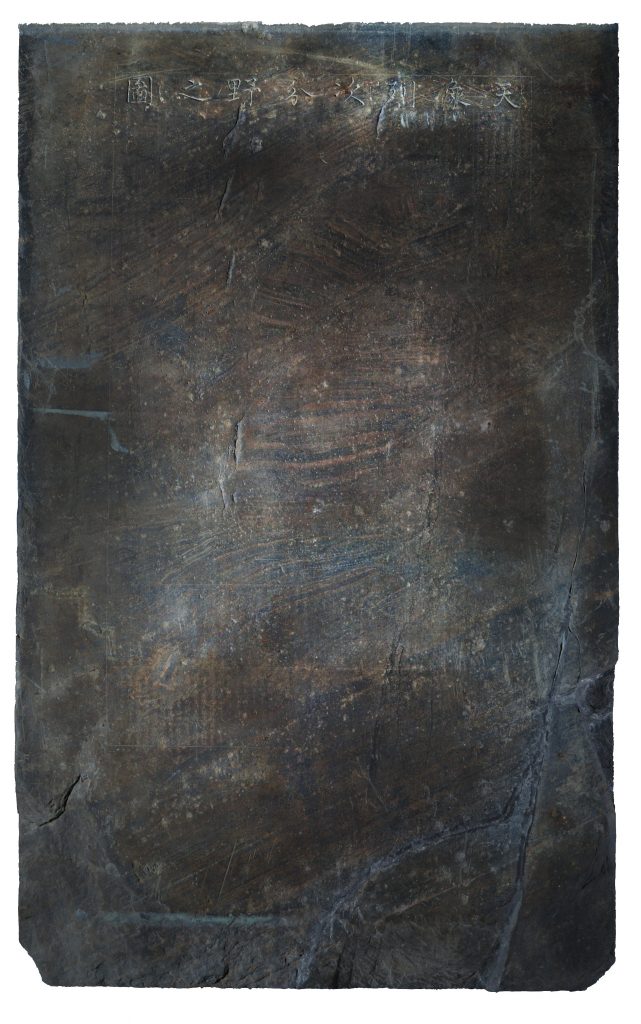

Celestial Globe and Armillary Clock (National Treasure) were created by Song Yi yeong, who worked for Gwansanggam (Bureau of Astronomy), in 1669 (Figure 5). It combined the traditional celestial globe of the East with the mechanical alarm mechanism from the West, allowing the viewer to observe the movements of celestial bodies in real time. This is the only existing armillary clock from the Joseon era, which is a rare combination of scientific technology of the East and the West and is a unique invention that is hard to find similar examples around the world.
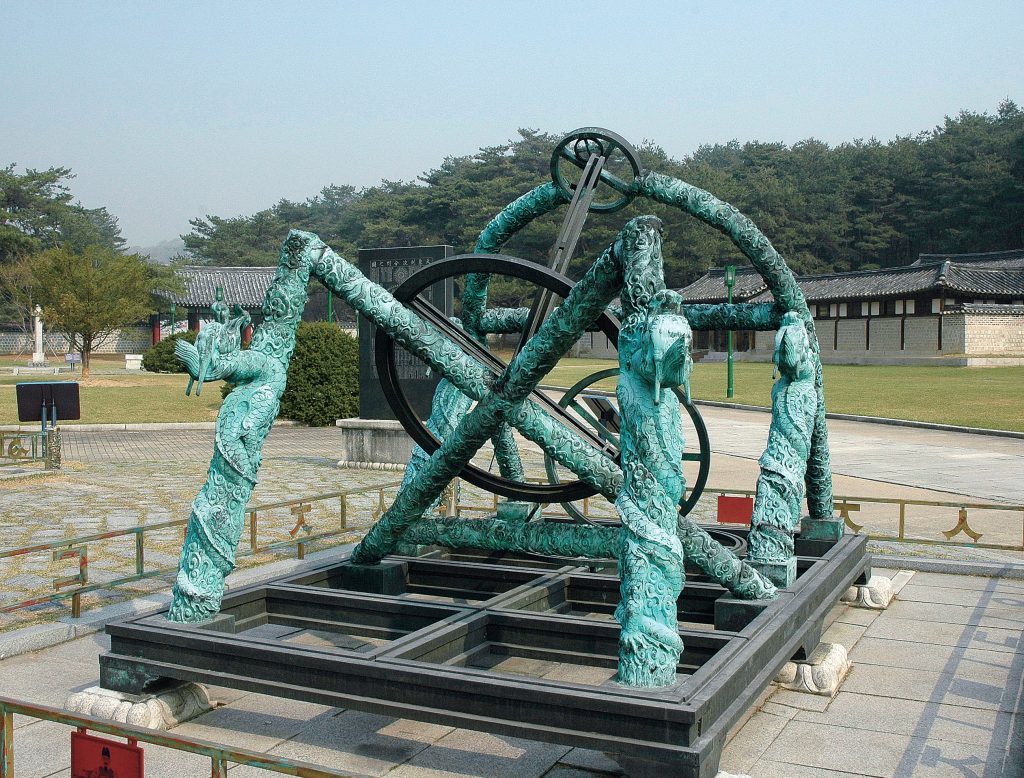

A typical meteorological instrument from the Joseon era is rain gauge called Cheugugi. The instrument measures rainfalls by dipping a ruler into a standardized rainwater container. Previously, precipitation was measured by gauging the depth of the soil soaked in rainwater, but the result was inaccurate as the depth differed by the quality of the soil or the duration of rainfall. From 1441 to 1442, the Joseon Dynasty produced and distributed standardized rain gauge throughout Joseon and ordered to observe and report the amount of rainfall. These were groundbreaking instruments, hard to be found in other countries of the same period, and used as Joseon’s official rain gauge until the early 20th century when the modern meteorological observation was introduced to Korea. Rain Gauge of Chungcheong Provincial Office, Gongju (National Treasure) was installed at the Chungcheong Provincial Office, one of the regional offices during the Joseon era (Figure 6). According to the inscription on the rain gauge, it was made in 1837 with the height of 31.9 centimeters, diameter of 14.9 centimeters, and weight of 6.2 kilograms, which follows the rain gauge system first invented in the 15th century. This is the only existing rain gauge from the Joseon era and the oldest one in the world.
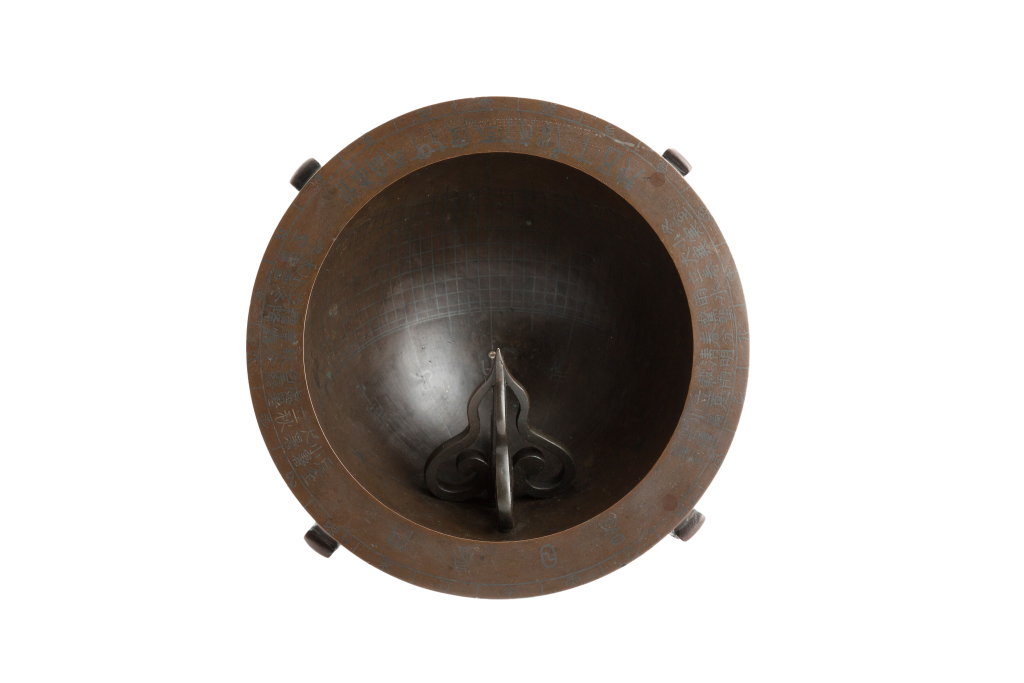

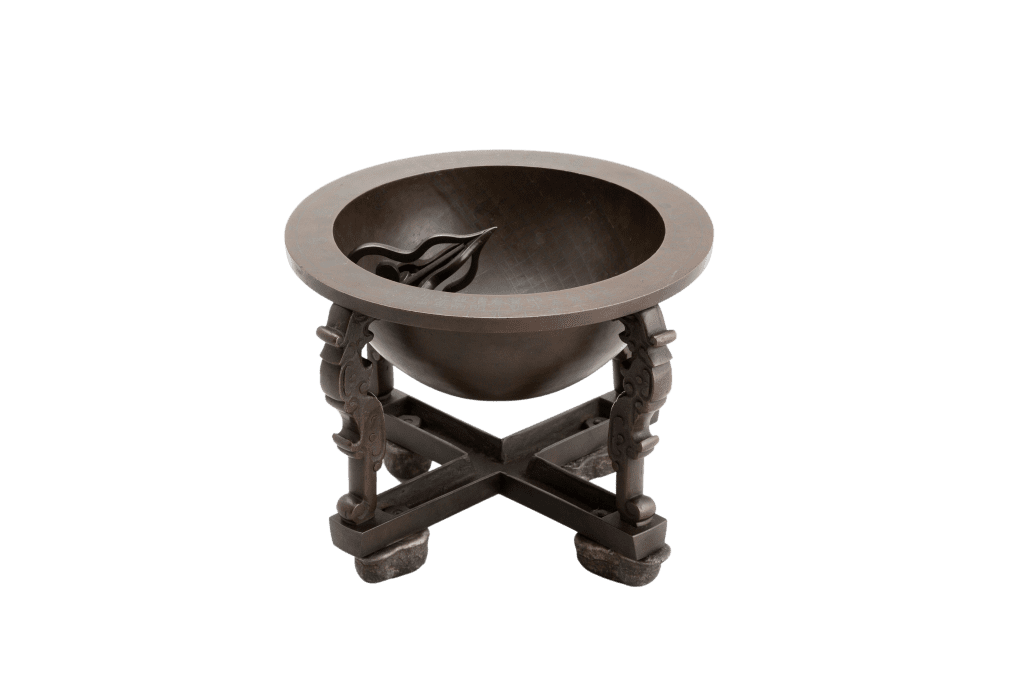

Astronomical instruments from the Joseon Dynasty play an important role not only in Korean history but also in the history of science in general. These instruments are managed and preserved through the Regular Investigations on the State designated Movable Cultural Heritage conducted by the Korean government every five years. During the regular inspection, National Treasures and Treasures are examined for their state of preservation and environment, and the result of the investigation leads to administrative measures and policymaking. The NRICH will continue to preserve Korea’s National Treasures and Treasures and share the results of research home and abroad.
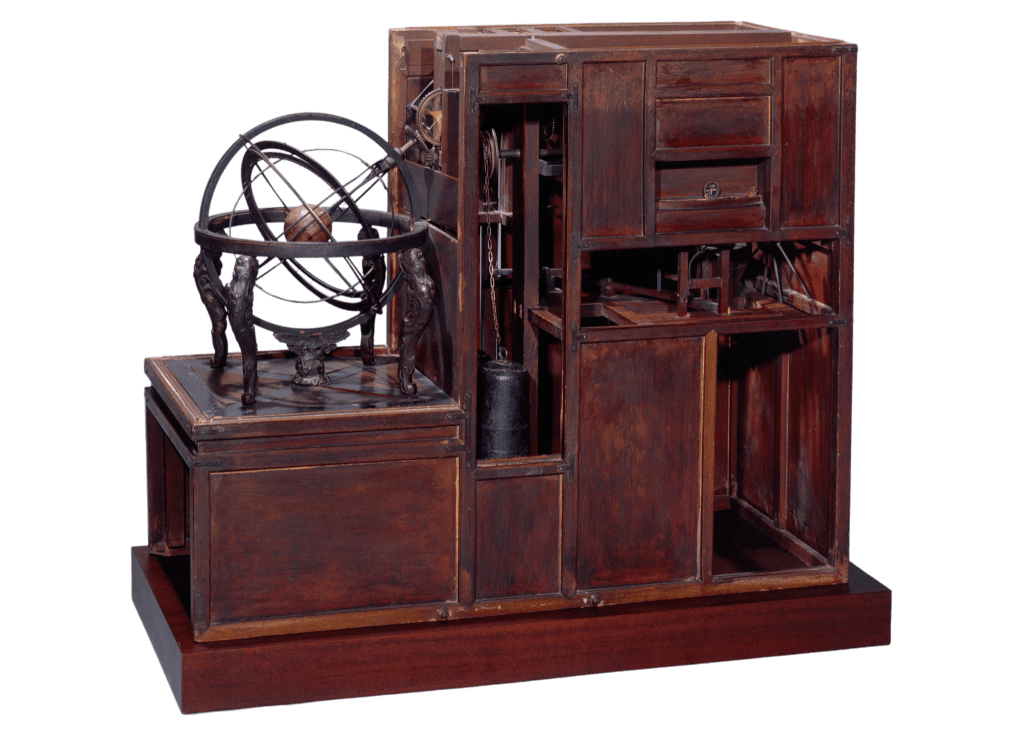

Korea University Museum. ⓒKorea University Museum
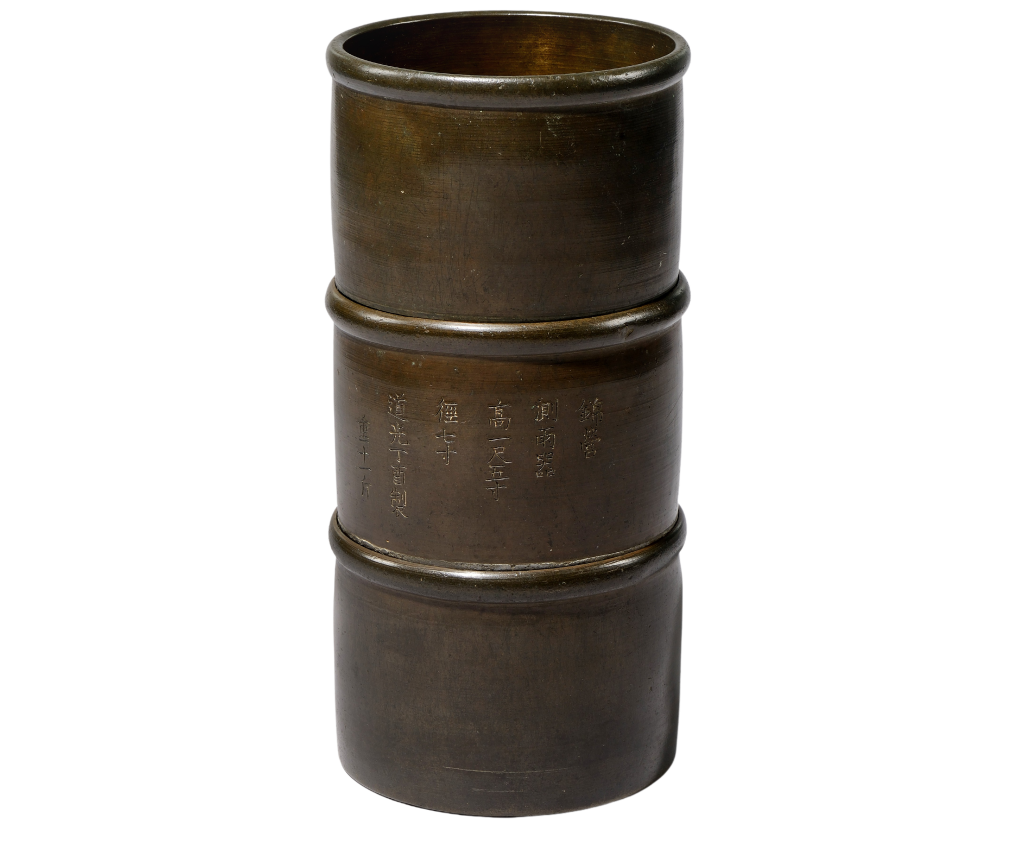

ⓒCultural Heritage Administration

